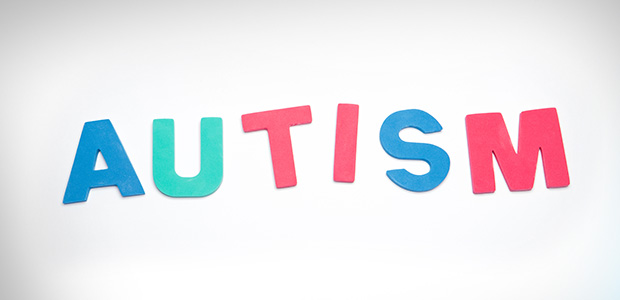Autistic children seem to be unable to filter the incoming information and tend to perceive all the stimuli around them. Such ‘acute-perception’ brings overwhelming information the brain cannot cope with. As there is too much information coming in, it is hard to discriminate between relevant and irrelevant stimuli. What is background to others may be equally foreground to them. They perceive everything without filtration or selection. This results in a paradoxical phenomenon: sensory information is received in infinite detail and holistically at the same time. It can be described as ‘gestalt perception’, i.e. perception of the whole scene as a single entity with all the details perceived (not processed!) simultaneously.
Gestalt perception can account for both strengths and weaknesses of autistic perception. On the one hand, they seem to perceive more accurate information and a greater amount of it. On the other hand, this amount of unselected information cannot be processed simultaneously and may lead to information overload. Autistic people may experience gestalt perception in any sensory modality.
For example, a child with auditory gestalt perception has a great difficulty to concentrate on one auditory stimulus, for example, someone’s voice, as it goes as a package with all the environmental noises: fans working, doors opening, somebody coughing, cars passing, etc. Their ears seem to pick up all sounds with equal intensity. If they try to screen out the background noise, they also screen out the voice they are trying to attend. The same problem occurs when several people are talking at once: it is difficult for them to listen to one voice and screen out the others. Children are bombarded with sensory stimuli. They often feel ‘drowned’ in the ‘sea of background noise’.
Autistic people do not like changes and like routines. If a slightest detail is changed (e.g., a picture on the wall is not straight, or a piece of furniture has been moved a few inches to the side), the whole scene (gestalt) is different, i.e. unfamiliar. For them to recognize things, everything must be exactly the same they have already experienced. Only then they will know what to do with them. The same is true about routines: if something goes differently, they do not know what to do. Gestalt of the situation is different. All this results in fear, stress and frustration.
On the conceptual level, gestalt perception leads to rigidity of thinking and lack of generalization. They can perform in the exactly same situation with the exactly same prompts but fail to apply the skill if anything in the environment, routine, prompt, etc. has been even slightly changed. E.g., the child can perform the task if he is being touched on the shoulder and fails if has not been given the prompt. These children need sameness and predictability to feel safe in their environment. If something is not the same, it changes the whole gestalt of the situation and they do not know what they are expected to do. It brings confusion, frustration and anxiety.
Being aware of ‘gestalt perception’ can help us understand and address the difficulties caused by it:
- Insistence on sameness, resistance of change
- Difficulty seeing conventional connections and generalising knowledge
- Rejecting new things and activities; preference for what they have experienced and known
- Imposition of routines and rituals
- Difficulty to establish joint attention
- Difficulty in making choices
- Lack of compliance
These difficulties make it hard for the children to integrate into their peer group and restrict their ability to understand what is going on around them.
What we can do to help them ‘sort out’ sensory information:
- Find out which modality does not filter information and make the environment ‘visually/auditorily, etc. simple’;
- Monitor a number of simultaneous stimuli, reduce all irrelevant stimuli;
- Create structure (of time, place and activity) and routine to make the environment predictable and easier to control; it will make understanding of everyday activities easier and provide feeling of safety and trust;
- Give explicit instructions, highlighting each step in completion of the task, with providing a sample of the final product – for the child to see what is expected from him/her;
- Teach the same skills in different situations, with different people, etc.; it will help the child to generalise their knowledge and skills;
- Show the connections with previous activities, skills, etc. explicitly;
- Always communicate to the child beforehand, in a way he/she can understand (for instance, using verbal, visual, tactile, etc. means) what and why will be changed. Changes should be gradual, with their active participation;
- Let them have a ‘safety object’ (a toy, a piece of string, or any object the person seems have a strong attachment) when they go to unfamiliar places of face an unfamiliar situations.










